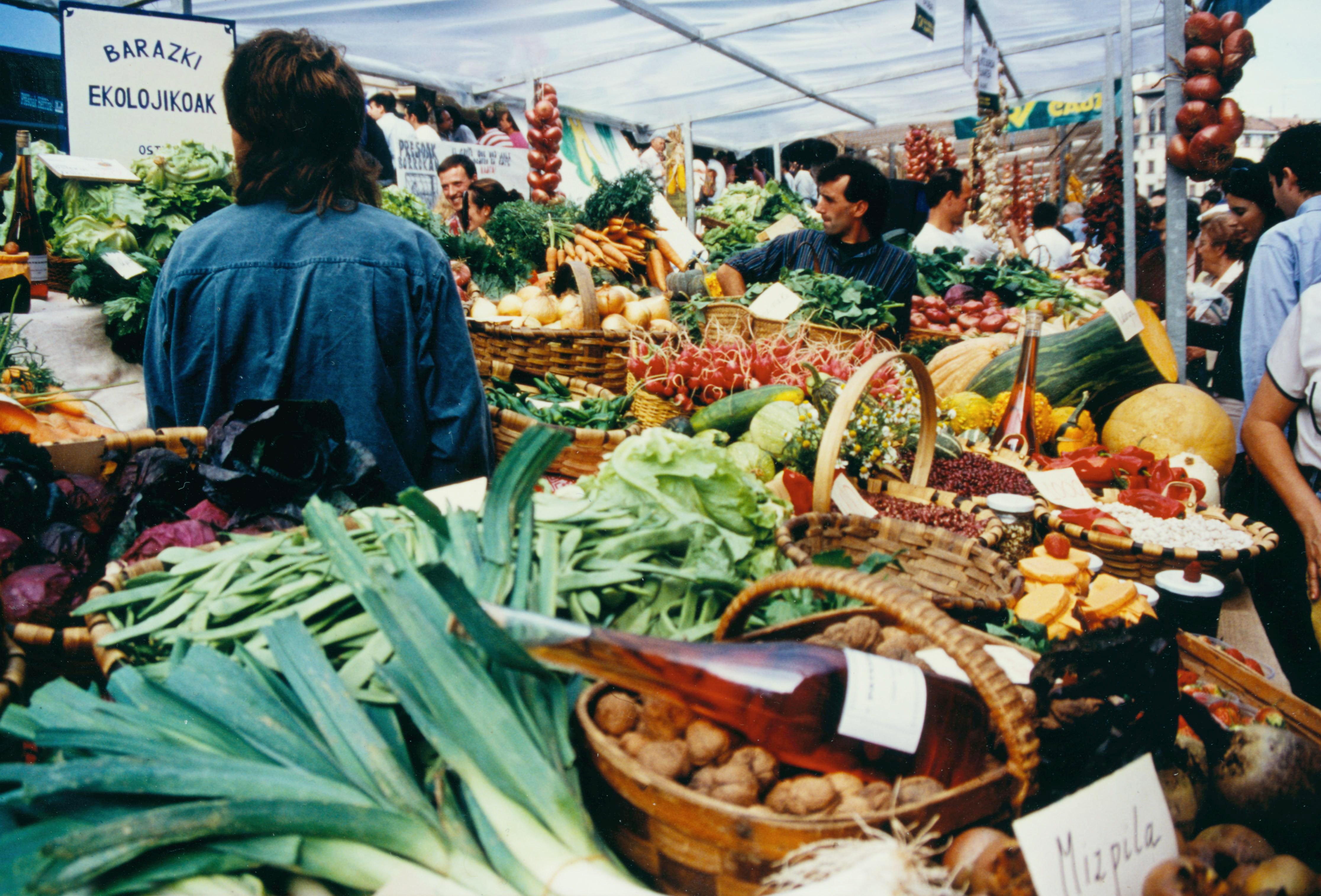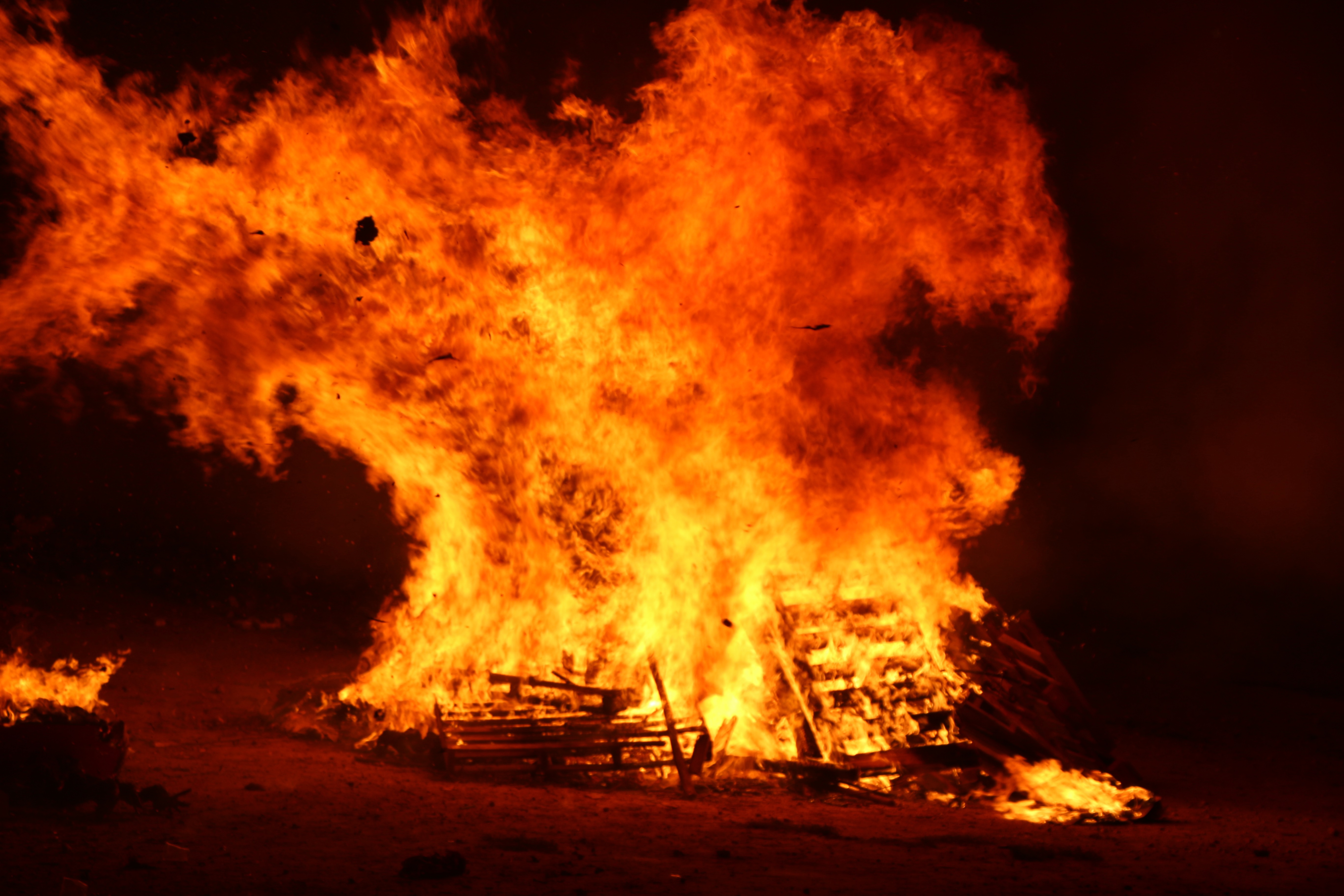Archives
With the arrival of summer, festivals are celebrated in all corners of our geography. During this time, apart from patron saint festivals of towns and cities, numerous festivals are also celebrated in the neighbourhood hermitages. In Bizkaia there are around 800 classified hermitages. It is true that not all of those that existed back in the day are preserved, and in many others, the celebrations have varied considerably. Ecclesiastical celebrations are maintained in 459 hermitages, 30 are deteriorated, another 7 are used for civil tasks, and the rest have disappeared. In the last century, society underwent profound changes and transformations that forced the hermitages themselves to adapt to the new needs of society.
I would like to make a reflection and express a point of criticism regarding the stubbornness of some ethnographers to develop complicated interpretations and mythological studies about the origin and meaning of certain festivals and customs. They make assertions that go against all logic and common sense. Refusing to see reality as it is, ancestral origins and esoteric meanings are claimed. They construct picturesque, fictitious and fantastic theories and hypotheses that can only be the result of a lack of good sense and an unreasonable use of works such as The golden bough: a study in magic and religion by J. G. Frazer or Fiestas populares e insólitas [Extraordinary popular celebrations] by Juan G. Atienza. (more…)

Last Monday of October in Gernika-Lumo, 1996. José Ignacio García Muñoz. Labayru Fundazioa Photographic Archive.
Unique fairs and festivals popular with people from near and far are celebrated in many localities throughout Euskal Herria.
Fairs were commercial in character from the beginning. On certain days and places such periodic gatherings gained a particular relevance over time and came to enjoy great prestige. So is the case of the markets held on St Thomas’ Day in Bilbao and Donostia, the well-known Idiazabal cheese fair in Ordizia (Gipuzkoa), the fish fair at Bermeo port, and so on. The same goes for the last Monday of October fair in Gernika-Lumo. (more…)




